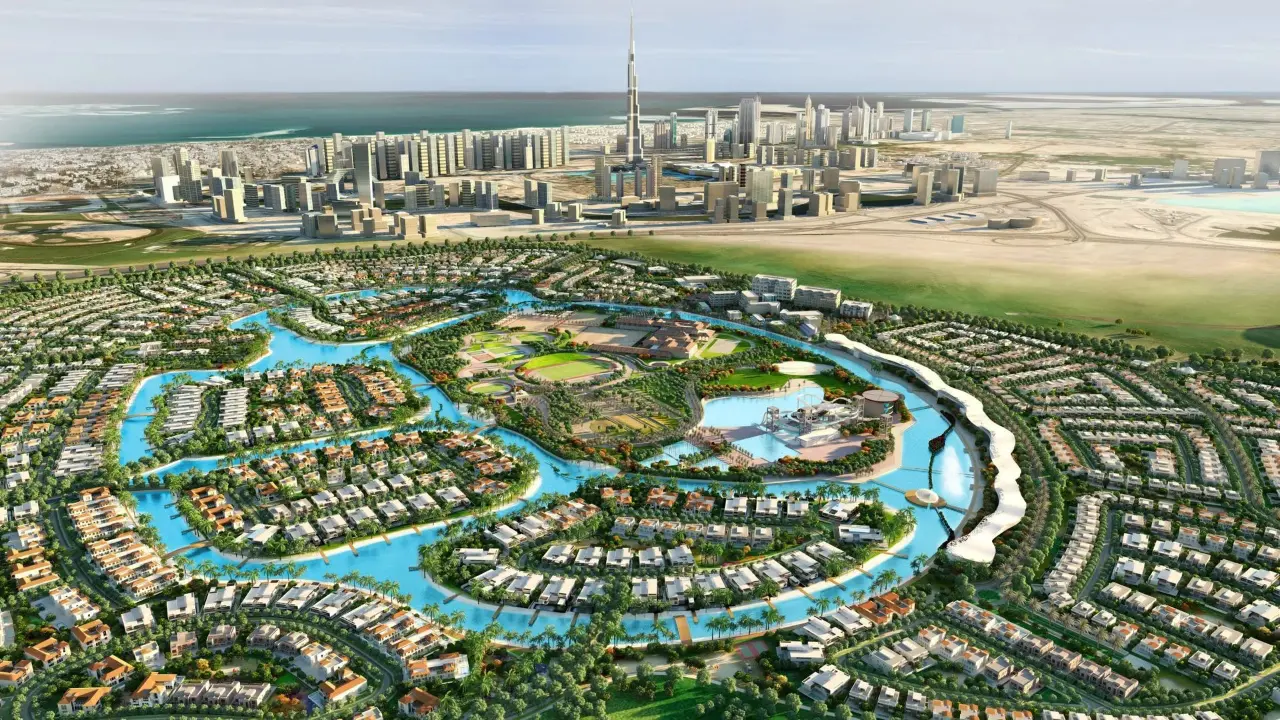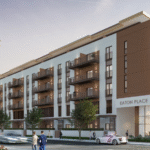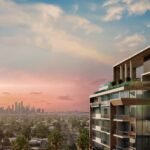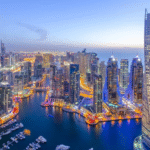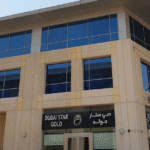Now Reading: UAE’s Inspiring Steps to Build Truly Accessible Cities for All 2025
-
01
UAE’s Inspiring Steps to Build Truly Accessible Cities for All 2025
UAE’s Inspiring Steps to Build Truly Accessible Cities for All 2025
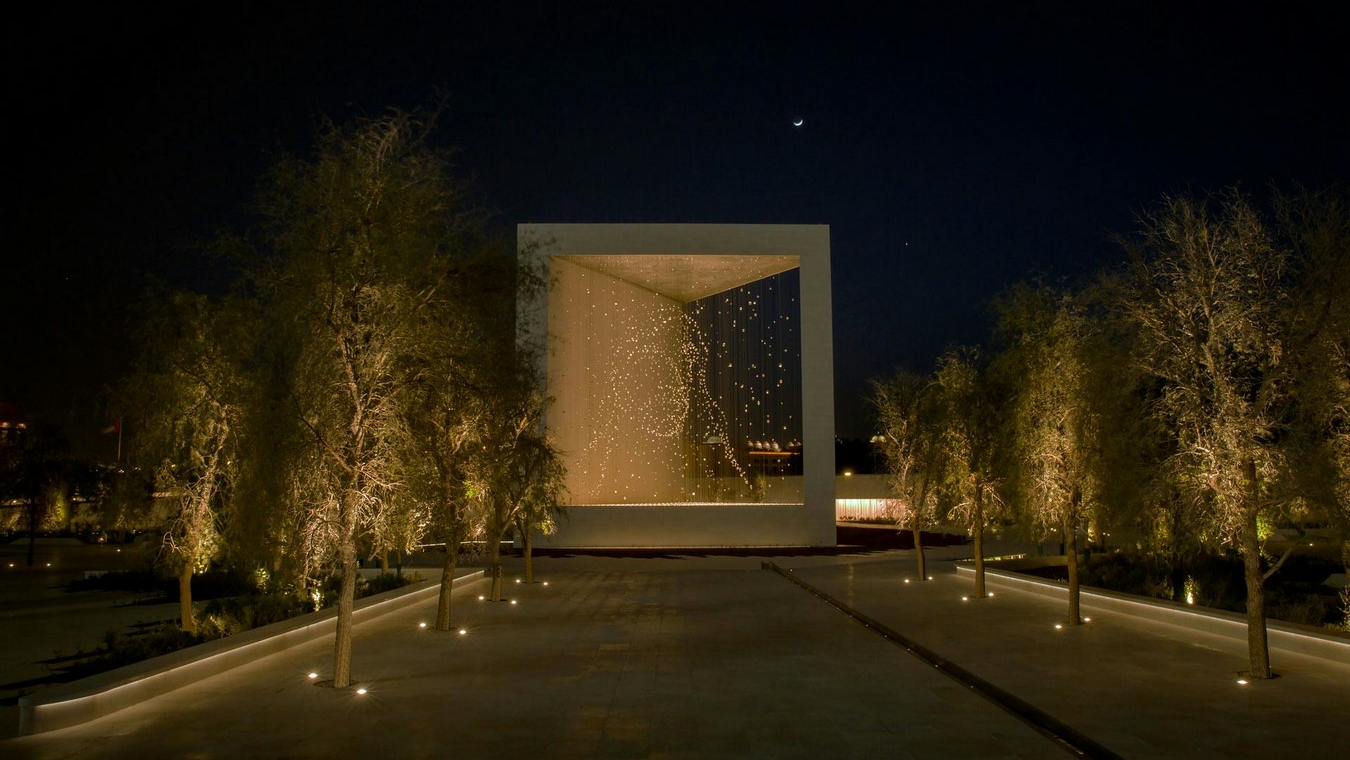
Table of Contents
The United Arab Emirates (UAE) is setting a powerful global example in building cities that are truly inclusive. Across its seven emirates, the government is ensuring that public facilities from parks and transport systems to government buildings and beaches are accessible and comfortable for everyone, including people of determination, senior citizens, children, and families.
Inclusivity is now one of the most important parts of the UAE’s urban development strategy. It reflects the country’s vision for a society where every individual, regardless of ability, can enjoy life, move freely, and access public services without barriers.
A Vision Rooted in Equality and Accessibility
The UAE’s leadership has made inclusivity a national priority. Under the guidance of the “UAE Vision 2021” and the “We the UAE 2031” agenda, accessibility has become a key factor in city planning, architecture, and public policy.
The concept goes far beyond just adding ramps or elevators it focuses on creating environments where people of determination and all community members can participate in daily life with dignity and independence.
Dubai, Abu Dhabi, Sharjah, and other emirates have already integrated the Universal Design principles into their development projects. These standards ensure that buildings, public spaces, and transport systems cater to everyone whether they walk, use a wheelchair, or have sensory or cognitive needs.
Dubai’s Accessible City Initiative
Dubai has become a leading example through its “My Community… A City for Everyone” initiative. This project aims to transform Dubai into one of the world’s most disability-friendly cities.
Under this program, public parks, beaches, government centers, and transport hubs have been redesigned to meet international accessibility standards. For instance:
- Dubai Metro and Dubai Tram offer step-free access, Braille signage, and audible alerts.
- Jumeirah Beach features wheelchair-accessible pathways and beach wheelchairs.
- Government service centers provide tactile signs, ramps, and priority counters for people of determination.
The Roads and Transport Authority (RTA) also ensures that buses, taxis, and pedestrian areas include smart technology to assist visually or physically impaired passengers.
These efforts highlight Dubai’s determination to go beyond compliance it’s about inclusion as a way of life.
Abu Dhabi’s Universal Accessibility Code
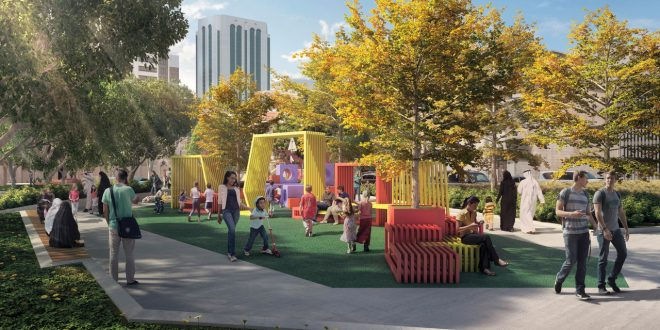
Abu Dhabi, too, is setting high standards with its Universal Accessibility Code, launched by the Department of Municipalities and Transport. The code defines design requirements for buildings, sidewalks, and public areas, ensuring they are safe and usable for everyone.
For example:
- Pedestrian crossings include audible signals and tactile paving.
- Parks feature accessible play areas and shaded seating for seniors.
- New buildings must comply with accessibility design standards before receiving permits.
The Abu Dhabi Early Childhood Authority has also made strides by creating inclusive play environments that cater to children with different physical and cognitive abilities. This not only benefits children of determination but also teaches inclusivity and empathy from a young age.
Sharjah’s Human-Centered Approach
Sharjah, known for its cultural heritage, focuses on human-centered urban design. The Sharjah City for Humanitarian Services (SCHS) has partnered with local authorities to improve access to public spaces, education, and cultural centers for people of determination.
In 2016, Sharjah became the first city in the Arab region to receive the “Accessible City Award” by the World Disability Union. This recognition came after years of investment in accessible public transport, educational facilities, and barrier-free cultural landmarks.
Sharjah also provides awareness programs to help residents understand and support inclusivity in their neighborhoods.
Inclusive Tourism and Public Experiences
Inclusivity in the UAE also extends to tourism and recreation. The country’s tourism boards have adopted accessibility guidelines for hotels, attractions, and airports.
- Dubai International Airport offers dedicated check-in counters, sensory rooms, and staff trained in assisting people of determination.
- Abu Dhabi’s Corniche and Al Hudayriyat Island provide wheelchair-friendly walkways and adaptive beach facilities.
- Expo City Dubai, a model of sustainable and inclusive design, ensures that every visitor — regardless of physical ability can experience the attractions equally.
This approach makes the UAE not just a travel destination but a place where everyone can explore and enjoy comfortably.
Smart Technology Supporting Accessibility
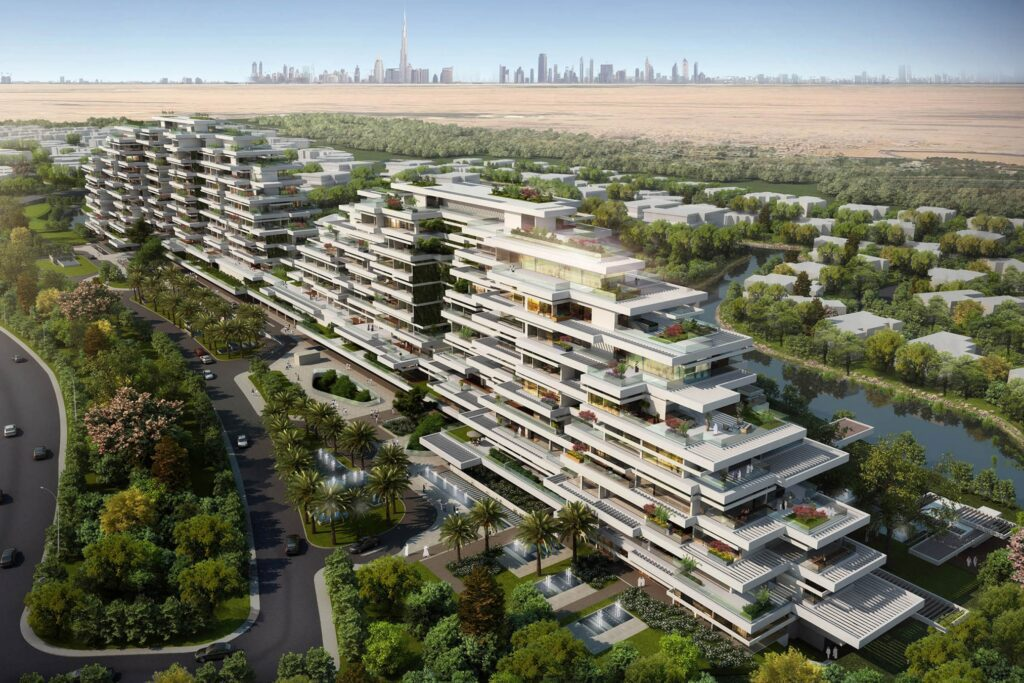
Technology is playing a huge role in building inclusive public facilities. Smart apps, AI tools, and digital platforms help residents navigate the city more easily.
For instance, Dubai Municipality’s Accessible Dubai app helps people find facilities that meet accessibility standards. Some government centers also use AI-powered assistants and sign language interpretation tools to improve communication with visitors of determination.
Public screens, transport systems, and emergency alerts are designed to include both visual and auditory information — ensuring everyone receives important messages.
Empowering People of Determination
Beyond infrastructure, the UAE also focuses on empowering people of determination through policies, education, and employment.
The Ministry of Community Development regularly updates accessibility guidelines and works closely with private and public sectors to ensure full participation.
Workshops, scholarships, and employment programs help individuals of determination contribute meaningfully to society.
Moreover, the UAE’s Federal Law No. 29 of 2006 protects the rights of people with disabilities and guarantees access to healthcare, education, and social services.
These measures ensure that inclusivity is not just a design principle it’s a value deeply rooted in the nation’s identity.
Future of Inclusive Infrastructure
As the UAE moves toward its Net Zero 2050 and Smart City goals, inclusivity will remain at the heart of its development. Future projects will integrate sustainability, digital innovation, and human-centered design to create spaces that are both eco-friendly and accessible.
Experts predict that more public facilities will soon feature voice-activated systems, smart mobility aids, and AI-based accessibility maps. This will make cities even more adaptive to different needs.
The UAE’s approach shows that inclusion is not just about compliance it’s about building communities where every person, regardless of ability, feels valued and supported.
Conclusion
Through visionary planning, advanced technology, and a deep sense of social responsibility, the UAE is redefining what it means to be an inclusive nation. From transportation to tourism, every sector is working together to make public spaces open and accessible to all.
The country’s success lies in its belief that progress is only meaningful when everyone can share it. As the UAE continues to lead by example, it sends a clear message to the world inclusion is the foundation of a truly modern society.
Do Follow Estate Magazine on Instagram
Read More:- Tragedy in Dubai: Kerala Engineer Dies During Scuba Diving Trip




